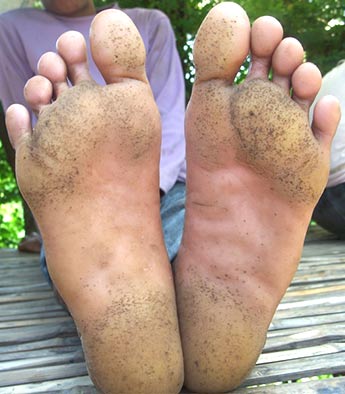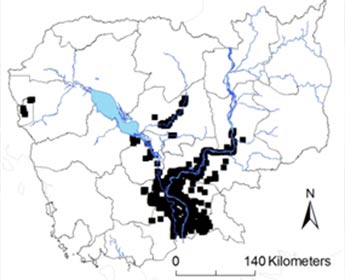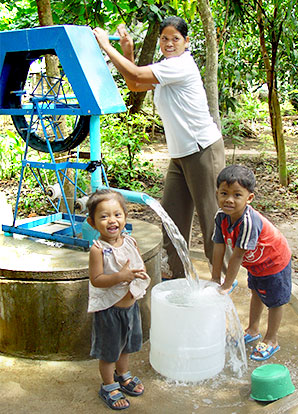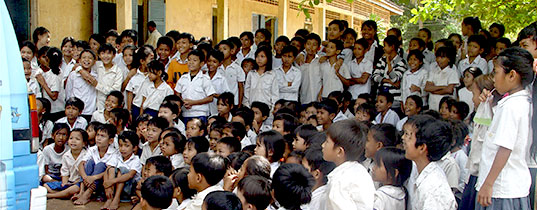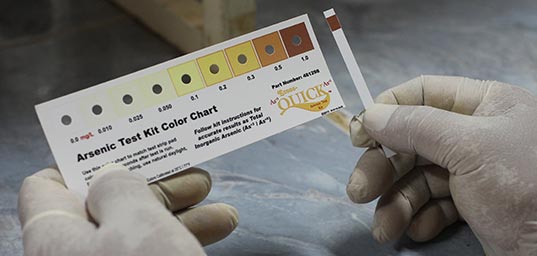The naturally occurring presence of arsenic in groundwater is an issue that affects millions of rural residents in countries throughout the world, most notably Bangladesh, Cambodia, India, China, Vietnam, Laos, Myanmar, Nepal, Chile, and Argentina. What many of these countries have in common are rivers that flow from major mountain ranges (i.e. Himalayas), and that carry with them large volumes of sediment. Arsenic is carried in these sediments which are eventually deposited in riverbanks and floodplains. These processes have taken place for tens of thousands of years, depositing huge amounts of arsenic contaminated sediments. In regions where the groundwater conditions are just right, the arsenic is released from the sediments and dissolved into groundwater aquifers. In populated areas, these contaminated waters are pumped to the surface by wells and ingested by individuals, families, and communities.
Arsenicosis is a chronic health condition arising from long-term (3 to 10 year) ingestion of arsenic. One of the most common signs of arsenicosis is the hardening and discoloration of skin on the hands and feet, known as keratosis or melanosis. These skin lesions are prone to infection and gangrene and in extreme cases amputation is necessary to relieve suffering. Beyond these external manifestations, arsenic consumption also increases the risk of developing various internal cancers, most commonly lung and skin cancer. In most situations, arsenic cannot be removed by water treatment techniques typical of developing countries, such as boiling or filtering. Most developed countries and the World Health Organization (WHO) have set drinking water quality standards for arsenic at 10 parts per billion (ppb). Many developing countries, including Cambodia, have set their standard at 50 ppb.


